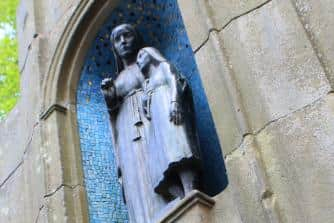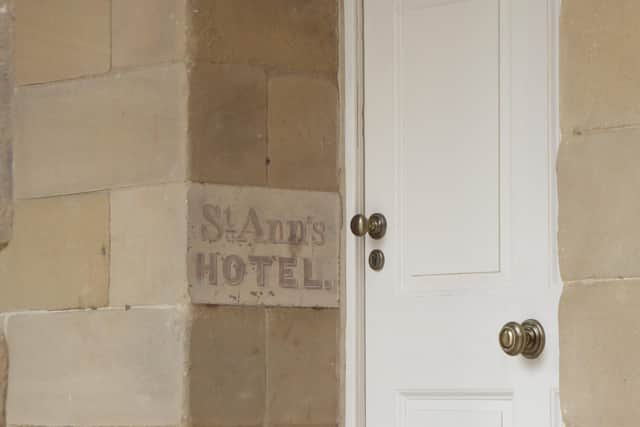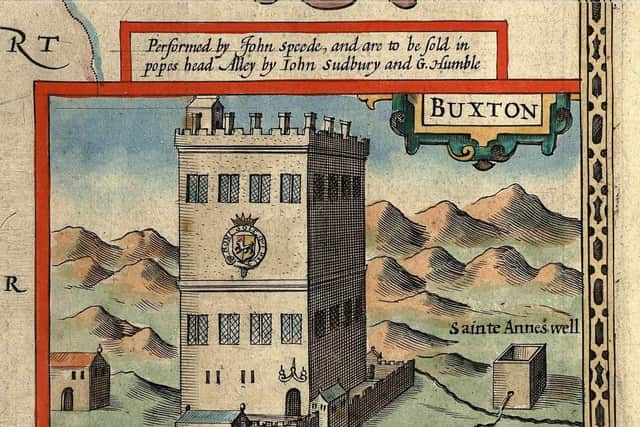Vision Buxton asks public to help settle spelling debate for landmarks
and live on Freeview channel 276
In the process of updating the organisation’s web and print publications, members of the team have found themselves unable to settle a debate over whether to use St Ann or St Anne in relation to various local sites named after the woman who is said to be the maternal grandmother of Jesus.
It seems as though no one can agree on the issue, and a recent Twitter poll conducted by Vision Buxton produced an exact 50:50 split.
Advertisement
Advertisement
Director Philip Barton said: “The most consistent pattern now is that St Ann’s well and St Ann’s cliff are spelled with no E, and the two churches are spelled with an E – but many of the earliest references did have an E, and it has varied between the two in publications ever since.


“A lot of people probably don’t realise there is any inconsistency, but some feel quite strongly about correcting it. It is something that has come up in proofreading the new guide and needs a decision.”
The group are keen to stress that they would not wish to actually rename any of the places involved, but would like to agree on a consistent approach for all future publications.
A survey of official town guides dating between 1899 to 2019 reveals references to the well without an ‘e’ appear in all but three editions – 1910, 1912 and 2005 – while the current Ordinance Survey OL24 map has St Anne’s Well. The illustrated map outside Pump Room features St Ann’s Well and St Anne’s Church. The sign on the Crescent hotel itself says St Ann and the same is carved into the Pump Room’s exterior.
Advertisement
In an effort to find historical justification for a final decision, members have undertaken extensive research but unfortunately this only confused the issue further.


Advertisement
Sources dating back as far as the mid-16th century mention a St Anne of Buckston, a “S. Aune found in the well”, and “Sainte Anne’s well”.
In one of the first known travel books detailing the ‘Wonders of the Peak’, dated to 1678, the philosopher Thomas Hobbes writes “Unto St Ann the fountain sacred is”. Five years later the poet Charles Cotton wrote of “St Anne’s Well at the Buxtons”. In his 1727 account, Robinson Crusoe author Daniel Defoe used Anne.
Even individual authors have struggled to settle on a consistent pattern. Dr Percival, in 1772, uses “Saint Ann” and then two pages later “St Anne”. In 1854, Dr Robertson uses Anne but later uses Ann in 1880. White’s 1857 Directory of Derbyshire mentions “the old church dedicated to St Ann” then Anne in reference to the well. In 1893, Samuel Hyde uses Anne for the cliff, well, pump room and patron saint, then Ann for the hotel and the well.
Advertisement
With around 70,000 copies of the guide due to be printed in the next few weeks, the need to make a decision grows more pressing by the day. Anyone with views on the matter can email [email protected]. Any local businesses who would like to advertise in the guide can also get in touch.

